And China is ready to react.
And China is ready to react.
By Orçun Göktürk, Beijing / China
“The best thing to do now is to declare war on Taiwan. Because Trump once said he would impose a 100% tariff on China if we did so. But the current rates are way higher than that. At least this way, we would reunify with Taiwan and also reduce tariffs…”
The above comment was the most shared and liked post on Weibo, one of China’s most popular social media platforms, the other day. Ironically, this comment illustrates just how prepared the Chinese public is for a potential Trump 2.0 presidency.
Of course, the situation is serious from China’s perspective. Some reports even suggest that American tariffs could be more devastating than a potential conflict in the Taiwan Strait. The U.S. and China are the two largest economies in the world, and any interaction or conflict between them inevitably impacts the entire globe.
Indeed, when Trump announced additional tariffs on nearly the whole world (later suspended for 90 days—except for China), the S&P 500—an index listing 500 major U.S. companies—experienced its sharpest two-day decline since World War II. Asian markets followed suit. The Hong Kong stock exchange saw its steepest drop13%, since the 1997 Asian financial crisis. The 145% tariff the U.S. currently imposes on Chinese goods represents the biggest shock to international trade since the collapse of Bretton Woods in 1971. J.P. Morgan forecasts a U.S. recession this year and assigns a 60% probability to a global recession, arguing that the trade shock will be “amplified by retaliation, supply chain disruptions, and various shocks.” Given the extreme uncertainty in U.S. trade policy, such bleak scenarios still seem quite plausible.
Did the world exploit the U.S. or did the U.S. exploit the world?
According to last year’s trade data, the trade volume between China and the U.S. exceeds $600 billion. Looking at the figures, American leadership sees a harsh reality: “We sell 1 unit to China but buy 5. We run an annual trade deficit of nearly $300 billion. This is not sustainable”.
Trump argues, “Europe and others, especially China, have exploited us. Yet we provide them with peace and security…” As a result, the U.S. has decided to return to economic nationalism and protectionism.
However, one of America’s renowned economists, Richard Wolff, objected to this claim during a U.S. television broadcast, stating:
“I think President Trump and I have lived in different worlds over the past 50 years. What actually happened is the opposite of what Trump says. Over the last 50 years, the U.S. has been the biggest beneficiary of global wealth. Contrary to what Trump says, the world did not exploit America.”
The end of the neoliberal order
The first thing taught in economics faculties is the British classical economist David Ricardo’s “Theory of Comparative Advantage.” According to this theory, if a country can produce a certain good cheaply, it should specialize in it and dominate that field in international trade. First the UK, then the U.S., imposed this ideology on other countries under the slogan of liberalization, adding wealth to their wealth. But now, that era has come to an end. After World War II, the U.S. accounted for nearly half of global industrial production. It has since declined and lost its manufacturing dominance to China. This is the main difference between the 21st century and the previous one.
Although the U.S. lost its production supremacy, it bolstered dollarization through the petrodollar system by indexing oil prices to the dollar in a 1974 agreement with OPEC countries. It maintained its dominance through military bases worldwide and cultural hegemony. Moreover, after the collapse of the USSR, it emerged victorious from the Cold War. Robert Kagan wrote the clue to sustaining the post-1950 international order in favor of the U.S.: Whoever challenges us—Soviets or others—must be encircled.
Can the U.S. encircle China?
Having lost its manufacturing base, the U.S. faced a harsh truth. At the recent Munich Security Conference, JD Vance confessed: “Look at China—their shipbuilding capacity is 232 times ours!”
Neoliberal policies have created a rift among American elites. Today, China possesses more warships than the U.S. The cost of deindustrialization is now apparent. Despite still being a military superpower, the U.S. has failed to emerge victorious from direct or proxy wars in Iraq, Afghanistan, Libya, or Syria.
This brings us to Trump’s re-election prospects. With his slogan “Make America Great Again,” Trump must defeat the identified main culprit: China.
China raised its guard in 2017
Let’s turn to China. The first trade war, launched in 2017, was largely bilateral between the U.S. and China. In the first phase of the deal signed in 2020, China appeared to bow to the U.S. However, it began circumventing tariffs by using markets in Vietnam, Cambodia, and Mexico. Learning from this, Trump now threatens tariffs of nearly 49% on Vietnam and Cambodia.
Now it’s time for bargaining. So how prepared is China?
At the 2017 CPC Party Congress, Beijing adopted a strategy of “domestically driven economic growth.” In Xi Jinping’s report to the Congress and afterward, the foundation was laid for what came to be known as the “Dual Circulation strategy”—focusing on the domestic market rather than exports.
With a vast internal market of 1.5 billion people—nearly 400 million whom belong to the middle class—China aims to break the encirclement by leaning on its own people. The main goals are to boost domestic consumption and grow with local technology and production capacity. Externally, traditional exports, foreign investment, and global economic interaction will continue without compromise.
Secondly, the world’s largest free trade agreement—the Regional Comprehensive Economic Partnership (RCEP)—was signed in 2020, involving ASEAN countries, China, Japan, New Zealand, Australia, and South Korea.
Third, China adopted a strategy of diversifying into new markets. While exports to the U.S. remain a major revenue stream, China earned $3.6 trillion from exports last year, suggesting it is not dependent on the U.S. Moreover, considering the U.S.-Europe rift over the Ukraine issue, the European market is regaining significance. Recent conciliatory remarks from European officials about China may accelerate this process.
Conflict and cooperation…
In China, the “Theory of Contradictions” (矛盾理论 maodun lilun) lies at the heart of both ancient philosophy and modern Chinese thought. This theory emphasizes that everything in the universe contains contradictions, and their coexistence drives change and transformation.
Mao developed an original theory by fusing classical Marxist-Leninist dialectics with Chinese philosophy, most notably in his essay “On Contradiction,” which offers the most advanced version of this theory.
China approaches its relationship with the U.S. through this lens—conflict and competition on one hand, cooperation and compromise on the other.
The Chinese see this period as a resilience test for their economy. Another prevailing view is that the previous trade war backfired for the U.S. Thanks to sanctions in high-tech and AI, China was able to make breakthroughs. Recall Trump’s reaction when DeepSeek was announced: “This should be a wake-up call for Silicon Valley!”
Of course, China’s structural economic problems will deepen in this period. There is a serious risk of deflation, overproduction, a real estate crisis, and youth unemployment—all of which could weigh heavier on Beijing.
But the key point is this: Despite the Reform and Opening Up era, the Chinese public economy has retained its strength. Of China’s 16 largest companies, 15 are state-owned. Moreover, the CPC has considerable oversight and influence over the private sector.
All things considered, in trying to encircle China, the U.S. may end up isolating itself from the world.



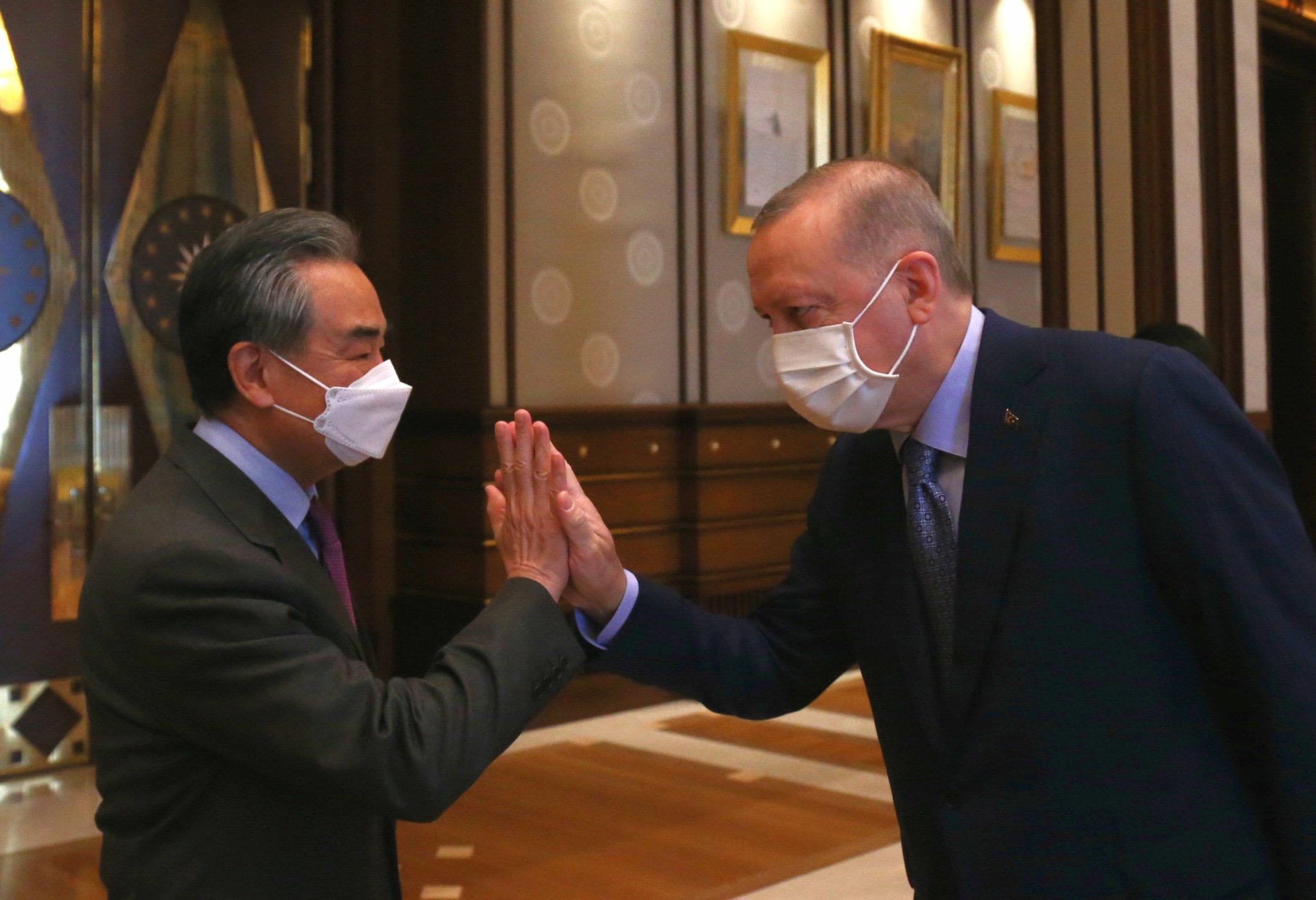



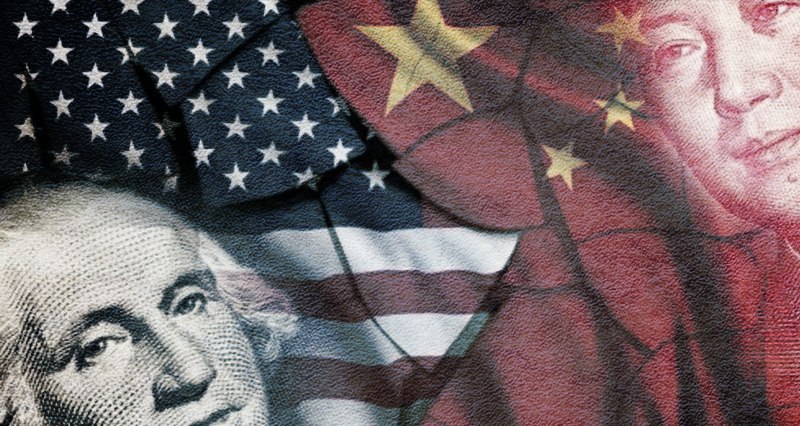


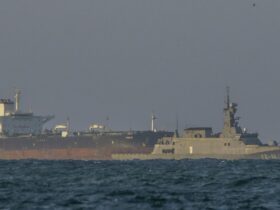


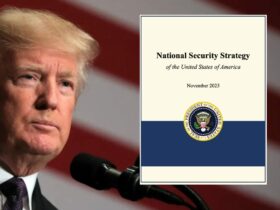
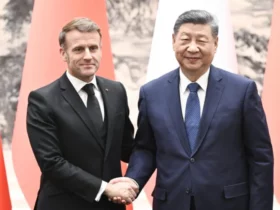

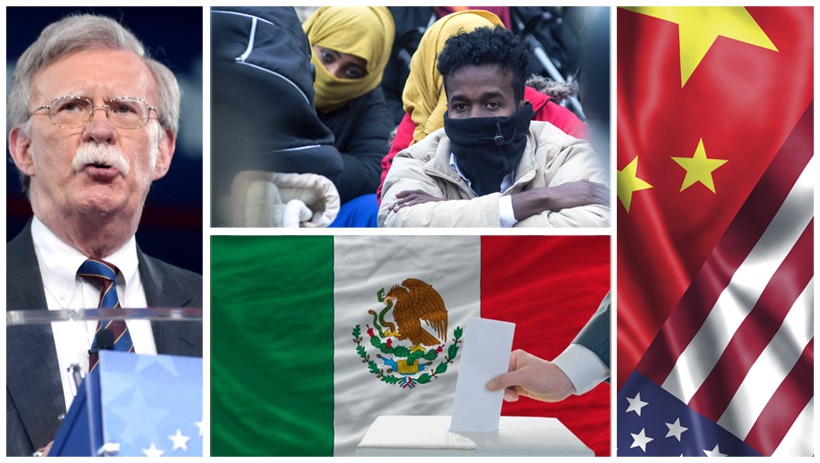
Leave a Reply